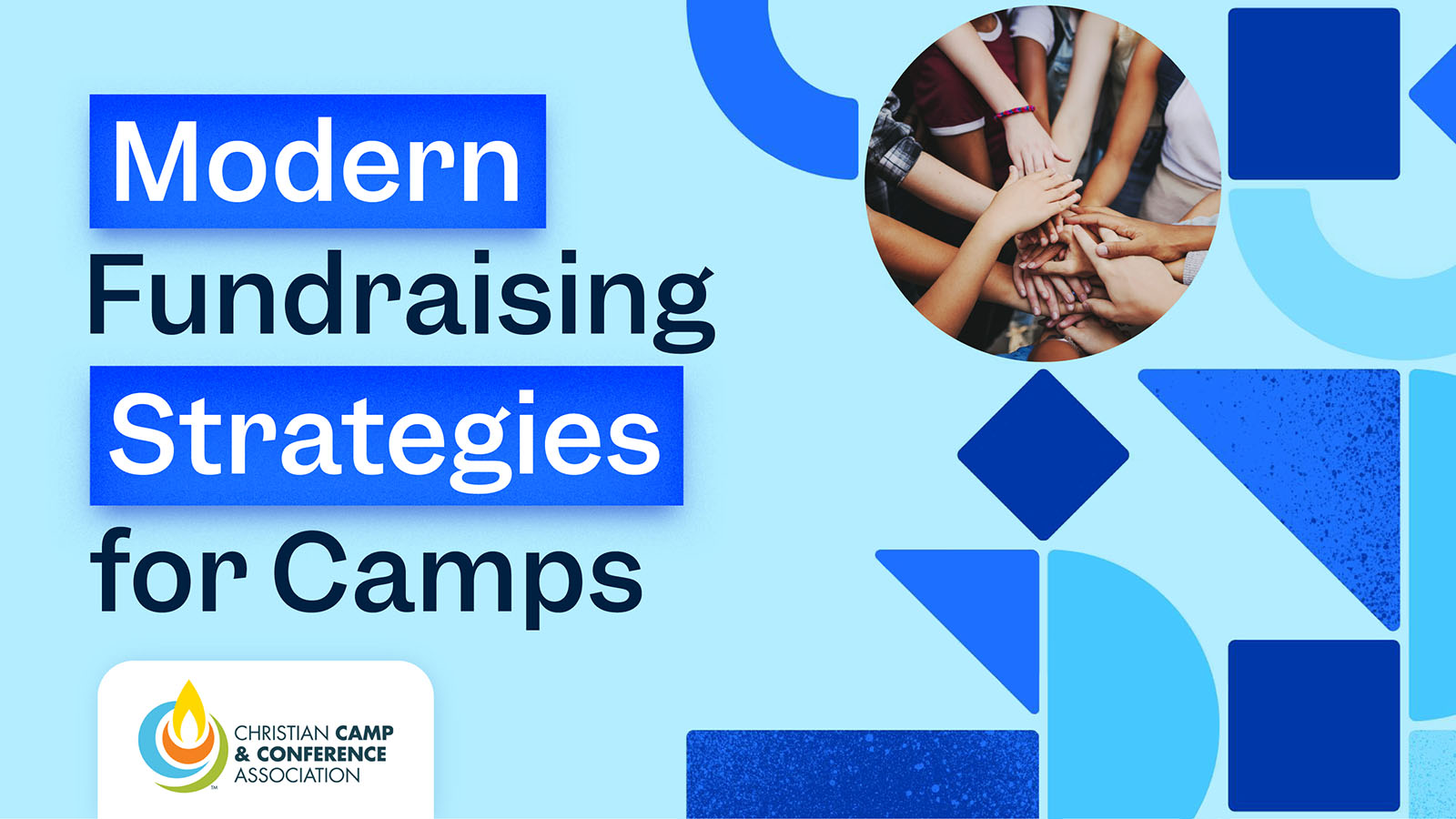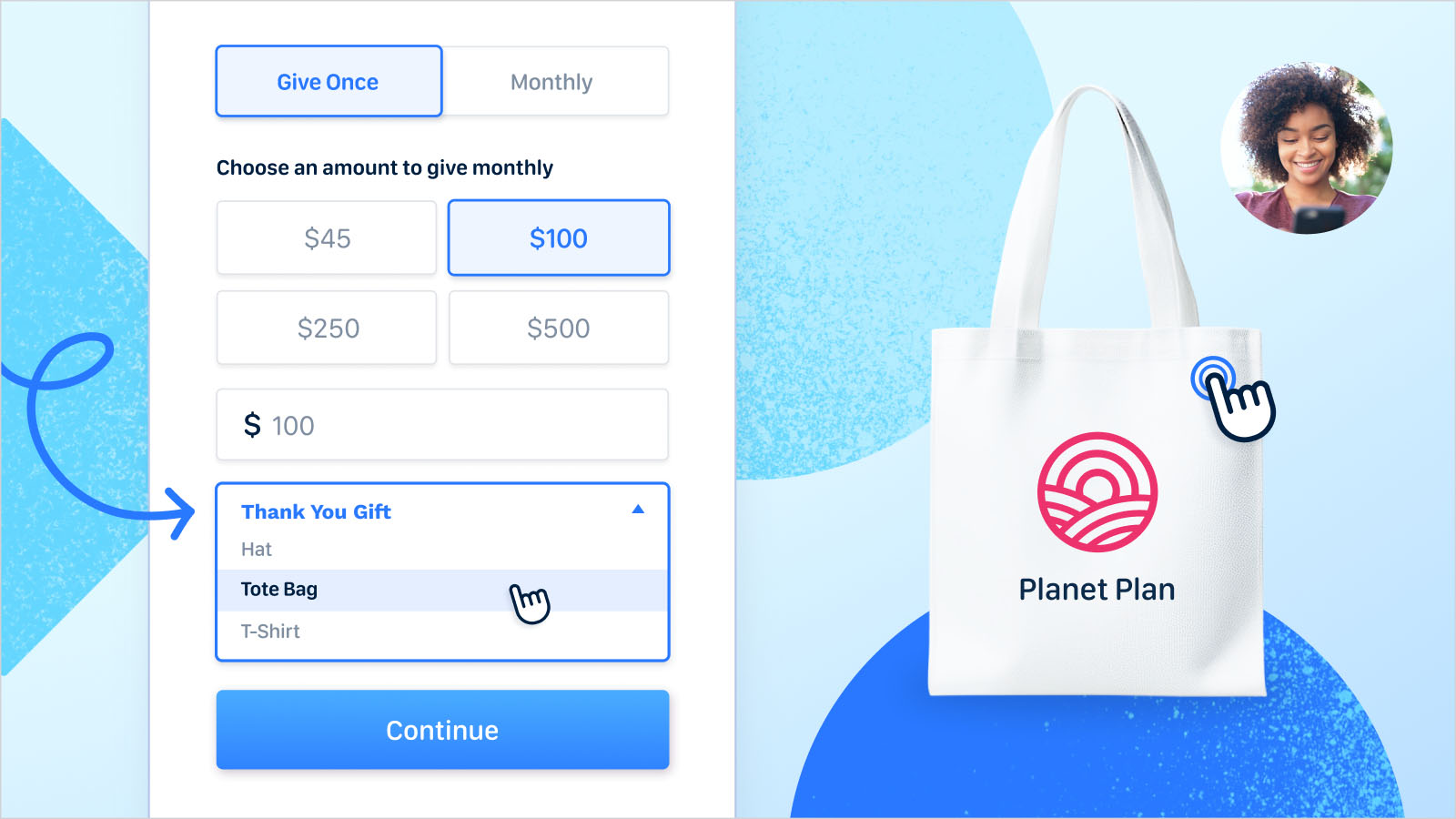Hey nonprofiteers! Please enjoy this guest post about responsive fundraising by our partners over at Virtuous.
Peer-to-peer fundraising has become an increasingly popular way for nonprofits to raise money and engage their supporters. It involves empowering individuals to fundraise on behalf of a cause, using their own networks and personal connections to inspire others to give.
One of the key benefits of peer-to-peer fundraising is that it lends itself well to responsive fundraising. In this article, we'll explore the value of responsive fundraising and the four steps of implementing a responsive peer-to-peer fundraising campaign.
What is Responsive Fundraising?

Responsive fundraising is a four-step process that responds to the needs of each donor, builds trust, and breaks down the barrier between the donor and the impact they’re creating. The four main steps to responsive fundraising mean it’s an ongoing, ever changing experience for your organization.
The Importance of Listening
The listening phase is a critical step in paying attention to donor signals to learn more about your nonprofit’s supporters and provide additional value to them. This leads to increased donor loyalty, more giving, and a community of advocates who are deeply connected to the cause. Combined with the connecting phase, a base of trust is built with donors through personal engagement regardless of the channel used. Nonprofits must engage with donors in a way that is contextual, collaborative, and one-to-one, whether in-person or digitally.
During the suggestion phase, nonprofits leverage the established trust with donors to suggest next best steps that are the best fit for each individual. Sometimes, the best suggestion may not be financial. This is a critical phase where your team can experiment and analyze results to inform future initiatives. Continually learning as you go ensures that nonprofits can be more responsive to their donors' needs.
The Value of a Peer-to-Peer Campaign
Peer-to-peer campaigns are one of the most valuable and efficient ways to fundraise. By empowering your passionate supporters to fundraise on your behalf, you expand your reach and increase trust in your organization. Here are some statistics that provide a fuller picture of the growing power of peer-to-peer:
- Participation in peer-to-peer giving grew 132% from 2020 to 2021
- Dressember raised $340,000 in 8 weeks with Funraise-synced Facebook donations
- 14% of donors worldwide have created an online peer-to-peer fundraising campaign.
Responsive fundraising is all about staying contextualized and personal while meeting your supporters where they are. Responsive peer-to-peer campaigns combine the power of these already-effective campaigns and ensure each peer-to-peer campaign is more personal and contextual, and makes sense for your supporters.
The 4 Steps to Implement a Responsive Peer-to-Peer Campaign
The responsive fundraising model is built off the four steps below, and can be adapted to a peer-to-peer campaign. Each step leads to greater communication and a better relationship with your donors, which in turn results in deeper support and an increase in donations, interaction, and, ultimately, impact. When building a successful fundraising program, begin at the beginning.
- Listen
- Connect
- Suggest
- Learn
Step 1: Using Responsive Peer-to-Peer Fundraising to Listen
Responsive fundraisers are curious and are always asking questions. They are trying to understand their supporters, the donor journey, the advocate journey, and why someone would want to donate to their cause. Peer-to-peer fundraising is an excellent way to listen to your supporters because it allows for more personalized feedback loops. Your supporters know their networks personally and, when done well, peer-to-peer campaigns mean your most passionate supporters are helping you listen to their networks.
Supporters are already listening to and engaging with other supporters in organic, natural interactions and conversations. They know what to say to get other people to donate because they know why they donated. This provides valuable insight into what messaging resonates with your audience and what motivates them to give.
Here are some practical ways to implement better listening through responsive peer-to-peer campaigns:
Consider the donor journey AND the advocate journey.
Map out the phases of each of those journeys and then consider how you can be better at listening to your advocates and donors at each phase. You could send out surveys, perform focus groups, or study a sampling of email conversations. A good place to start is to check out your fundraising and nonprofit CRM tools to see what direct and indirect data they are already gathering for you. You can fill in the holes from there!
Set aside regular time (quarterly is a good starting point) to review all or a sampling of some recent peer-to-peer campaigns.
Compare the campaigns that performed best to those that didn’t perform as well. Ask questions and take notes about what your advocates are saying about you and what your donors are saying when they give. Listen to the conversations that are happening organically.
Listen to advocate and donor behavior.
Are there specific types of peer-to-peer campaigns that seem more popular with your advocates? The way you approach your advocate journey will look different if your supporters prefer running peer-to-peer campaigns for their birthdays vs campaigns in preparation for an annual 5k.
Step 2: Connecting Through Responsive Peer-to-Peer Campaigns
Connection requires trust, and responsive peer-to-peer campaigns are coming from a "friend of a friend" which garners trust. Good connection creates long-lasting relationships, and if someone is willing to do a peer-to-peer fundraising initiative with you, that is a great step towards building a lasting relationship.
In order to build that lasting relationship, you need to send the right messages at the right time to the right people. This is where you can start applying what you learned through listening. If your most effective peer-to-peer campaigns all talk about your mission in the same way, you should start talking about your mission that way in your organizational communications.
Consider implementing the following ideas to more effectively connect in your responsive peer-to-peer campaigns:
Create templates and messaging for your advocates.
Give advocates templates and messaging based on your most successful campaigns in the past. You want to encourage personalization, but give your advocates a solid base to build upon based on what you have learned via listening.
[Funraise Editor's Note: Funraise's first-in-the-industry nonprofit AI suite, AppealAI, leverages ChatGPT to assist you in generating campaign-specific P2P fundraising appeals that boost donation conversions and make peer-to-peer fundraising easy for your supporters.]
Review your advocate and donor journeys to look for those moments of connection.
How can you make those connections more personal, contextual, and meaningful for your supporters? The answer to this big question varies between organizations, but everything you learned when you listened well should guide you here.
Take advantage of automation where you can.
Staying connected at scale is always a challenge, but good automation tools can help. With the right automation tools, you can build those advocate and donor journeys into workflows and let your staff focus on the things only humans can do such as calling supporters.
Make sure your advocates are enabled and empowered with the right tools.
Research shows that campaign owners raise 3X more if they update supporters every 5 days. Provide your advocates with the right tools that work together along with the right templates and messaging to make it easy for them to send out updates and stay connected to you and their networks.
Step 3: Making the Right Suggestion
Making a "suggestion" over an "ask" is all about how you do it. Making an "ask" is usually only financial and can be transactional in nature, whereas a "suggestion" includes a variety of actions and is more conversational in nature. Maximizing generosity means knowing how to offer the next best step at the right time. Making the right suggestion means having the right donor signal data, including geodemographics, social media insights, online forms, and relational scoring.
Peer-to-peer campaigns are a great suggestion to make to your supporters. Does someone have high relational scores but perhaps a lower capacity to give? Ask them to promote a peer-to-peer campaign on your behalf. It's asking them to be involved and deepening the relationship while taking advantage of their natural strengths – social connection.
Making the right suggestion is completely contextual based on your supporters and your mission. However, here are a few suggestions that could make sense for you:
Suggest a birthday campaign.
Create an automated workflow that sends out an email to your supporters a week before their birthday wishing them an early happy birthday and providing them with a kit for a birthday fundraiser.
Look at social influencer data.
Financial support is not always the best next step. Responsive peer-to-peer campaigns are great because you can easily suggest to your supporters to be an advocate if they are not in the place to be a donor. Supporters who have a strong social media presence are great candidates for running a peer-to-peer campaign on your behalf. Create automated workflows that send out your responsive peer-to-peer campaign kits to supporters who have high social influence and meet some other engagement requirements (such as email opens, attending events, social media interaction, etc.).
Suggest a timely, specific campaign based on your mission.
This type of campaign could look different based on your organization’s mission. For example, if you do work that has a national or international day related to your mission, create a toolkit to share with your top supporters suggesting they run a peer-to-peer campaign on that day. If you have different branches of your mission, identify signals that indicate your supporters are interested in a particular part of your mission, and suggest they run a campaign for their area of greatest interest.
Step 4: Learning and Refining Your Process
Responsive fundraising is not a checklist, it's a repeatable process. Figuring out what does and doesn't work is how you continue to grow. Learning is all about that "feedback loop." Look at the feedback/results of every action you take. What can you do better next time? Feedback should be gathered and applied quickly. It's all about the timing.
The most important part of learning is ensuring that you have a routine to pause, reflect, and apply lessons to future. Here are a few ways you can incorporate learning into your regular processes:
Hold “retrospectives” for specific peer-to-peer campaigns.
Not all of your campaigns will necessarily have an end date, but wherever it makes sense, set aside time with your team to pause and reflect on what all your advocates have accomplished. Retrospectives are common in the tech world, which means there are dozens of templates and ideas out there about how to run one. The most important thing is to make sure you are reflecting on what you did, analyzing the results, and discussing what changes to make moving forward.
Take advantage of data dashboards.
The right tools will give you easy access to data and analytics. At the very least, your nonprofit CRM should have some standard reporting and data visualization tools. Build in time to review some of that data related to your responsive peer-to-peer campaigns. Ensuring that this data is reviewed and discussed regularly will help cultivate a culture of learning and improving across your organization.
Be willing to experiment.
The worst thing you can do when trying to learn and improve is never try anything new. A/B test some of your suggestion emails to see what is performing better. Try suggesting a new type of campaign. If you are holding your retrospectives and not finding that there is anything interesting to learn, you are probably not trying enough new things.
Connecting with Those Who Donate to your Responsive Peer-to-Peer Campaigns
A unique part of peer-to-peer campaigns is engaging with those who donate through a campaign because of your advocates. You shouldn’t engage with those donors in the same way you would with donors who donate to your organization directly. They probably do support your mission, but mostly likely their relationship with your advocate is what moved them to action. Part of a responsive peer-to-peer campaign is having a responsive approach to cultivating the relationships with these donors.
First, make sure you have a responsive nonprofit CRM that makes it easy for you to segment your donors. If you are not able to track your donors correctly, it will be incredibly difficult (and require significant manual work) to be responsive and personalized. The right tool will allow you to not only track and segment your donors, but also should include automation that allows you to be responsive at scale. Your staff shouldn’t be spending hours tracking down data or running complicated, clunky processes in your CRM.
Once you have the right tools in place, you can take the principles of the responsive framework and apply them to the donors who come in through your responsive peer-to-peer campaigns. A great place to start is creating a unique donor journey for these donors. Their path to your organization is unique enough that they should have their own clearly defined donor journey. If you need some help getting started, download this free donor journey guidebook from Virtuous!
Key Takeaways
Responsive peer-to-peer campaigns are a great way to fundraise for your organization while engaging thoughtfully and intentionally with your supporters. You are able to build off of your relationship with your advocates who can then leverage their relationships to grow your organization’s influence and fundraising base. With the right tools in place to help you track data and automate some administrative tasks, you can grow generosity by applying responsive principles as you plan and launch peer to peer fundraising campaigns at scale.































.webp)
.webp)











.webp)
.webp)

.webp)
.webp)
.webp)




